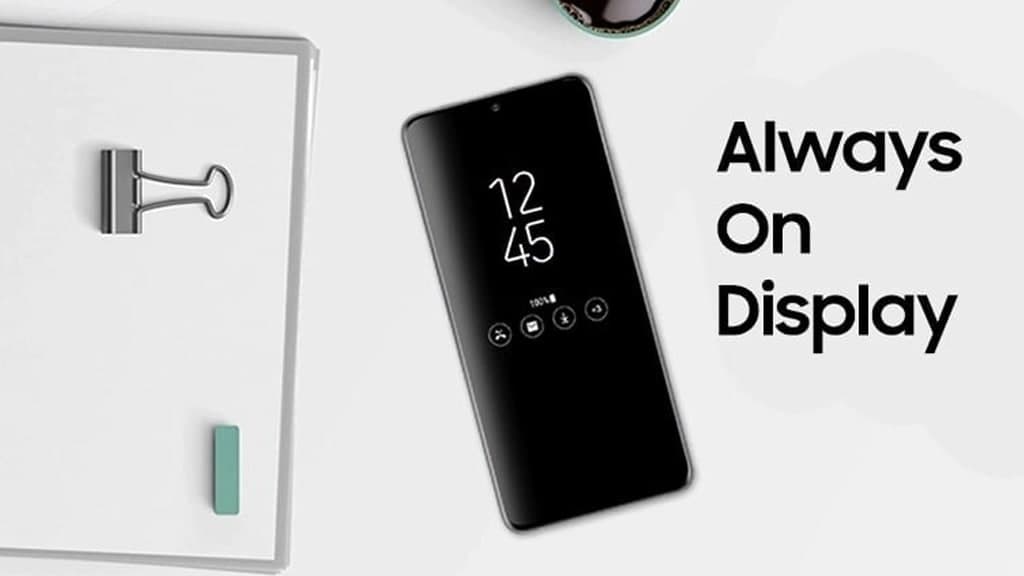IT, Risks and Ergonomics (Week 9)
Examples of ergonomics
+ Always On Display
Modern smartphones with an AMOLED screen matrix support an interesting and useful feature called Always on Display (AoD), which not only saves battery power, but also displays important information on the display.
The AoD function in smartphones allows you to see the current time and date, assess the battery level, find out about missed incoming calls and unread messages. In this case, you do not even need to unlock access to your mobile phone. Displayed information is usually monochrome (B/W) so it is easy to see even in bright sunlight without wasting battery power. [1]
On average, the always-on display consumes approximately 1% of battery power per hour. Often this figure is even lower, because when the smartphone is in your pocket or bag, the screen still turns off. With the active use of a mobile phone, energy is also not consumed to support AoD. [2]
 |
| Photo 1: Always On Display [1] |
- Iris scanner as an alternative to other identification methods
You may have seen this in films about special agents: a man walks up to the closed door of some secret laboratory, presses a button, his eye is scanned by some kind of beam, the door opens, and he gets inside. Such technologies already exist, they are beginning to be used in mobile devices and will become widespread in the future.
The iris of our eyes, like a fingerprint, has its own unique pattern. Therefore, it is a convenient means of authentication. For the most part, the scanner of the new phablet from Samsung works according to the scheme described above, a curious detail is that on the front panel of the Samsung Galaxy there is a camera that deals exclusively with recognition of the iris. [3]
However, after a couple of years, Samsung decided not to use iris scanning technology in its new flagship smartphone. Since the infrared port can adversely affect our eye health during prolonged use, for example, over 10 years of using a phone with this function. But the main reason was the fact that this function is simply not convenient to use, constantly bringing the phone to the eyes to unlock the device turned out to be harder for users than unlocking with a finger.
References
1. https://www.sammyfans.com/2022/02/27/list-samsung-always-on-display-aod-supported-galaxy-devices/ [1]
2. https://www.xda-developers.com/how-to-enable-always-on-display-android/ [2]

Comments
Post a Comment